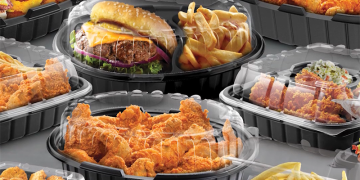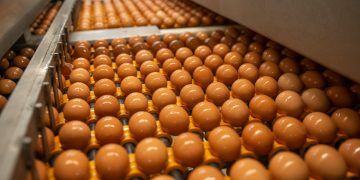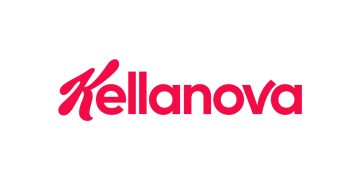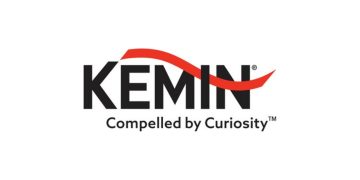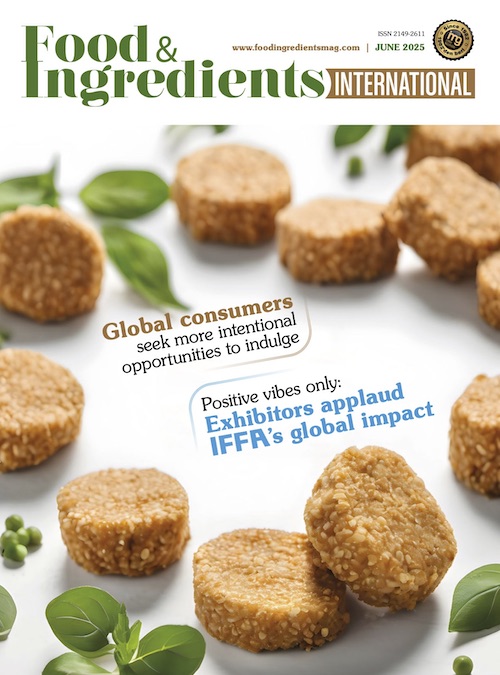When it comes to optimizing ingredients and raising their property profiles to a higher level, fluid bed and spouted bed technologies from Glatt, Germany, offer limitless possibilities.
From protecting valuable nutrients to ensuring optimal release behaviour, when it comes to pushing boundaries in food processing, fluid bed and spouted bed technologies from German engineers Glatt Ingenieurtechnik have proven to be cutting edge.
Evergreen technologies
Fluidised bed and spouted bed technologies have been established for decades as the leading processes for the formulation and optimization of powdered food products. In both systems, solid particles behave like liquids after being fluidised with a process gas that flows in from below. Usually, nothing other than water and air is required. The fluidized bed is characterized by efficient heat and mass transfer, which promotes consistent evaporation of water. Moderate process temperatures of 30-50° C help proteins, aromas and vitamins retain their nutritional properties. Powdered raw materials can be dried, granulated or functionalized economically in a single step, and adjusted for particle size and residual moisture.
Spray granulation
Conventional spray granulation combines the efficiency of spray drying with powder agglomeration. However, drying a solution by spouted bed spray granulation provides very little material in the fluid bed, which leads to reduced residence times and smaller particles. Pellets with outstanding physical properties are created by spraying liquid onto fluidised particles which then dry and harden into almost spherical, abrasion-resistant granules with an onion-like structure. The granules are free flowing, homogeneous, virtually dust-free and very easy to dose. Particle and bulk properties can be adjusted by altering the spray liquid, temperature, rate and pressure, supply air temperature, quantity and humidity, or the residence time in the process.
Spray encapsulation (microencapsulation)
Microencapsulation followed by spray granulation brings multiple benefits. Liquid active ingredients such as probiotics, vitamins, volatile flavors, essential oils and PUFAs are normally encapsulated to protect them from the environment or vice versa. Polymers, starch derivatives, lecithin or gelatine encapsulate sensitive functional ingredients and are coated onto fine particles generated in the fluid bed process. Layer by layer, the emulsion is turned into a compact particle with the matrix embedding the tiny capsules. This dense structure adds resistance to external degradation. During production, the shape, structure and size of the particles can be adjusted via temperature, spray speed and spray pressure. Functional coatings can even be applied in the same process step.
Spray coating
A coating is more than just a protective shield: It can add color, gloss or release mechanisms (e.g. via pH stability adapted to the small intestine) and modify the surface structure against temperature degradation and oxidation. Coatings can also control the release of citric or lactic acid during the maturing of sausages and mask metallic or astringent tastes, for example in vitamin formulations. During the coating process, particles, granules or pellets are sprayed repeatedly with atomized liquid containing a film-building polymer. The droplets spread on the particle surface before drying, solidifying and creating, layer by layer, a protective shell or a functional film. Another economical option is hot-melt coating, for which lipids such as beeswax, vegetable waxes like carnauba wax, hydrogenated vegetable oils and fats, fatty acids, monoglycerides and diglycerides are suitable.
Spray agglomeration
Instant products for hot and cold consumption have to be easy to dose, quick to dissolve, non-clumping, low in dust and bulk density, and pleasant in the mouth. All of these can be optimised by spray agglomeration in the fluid bed. Via surface wetting and subsequent drying, powder particles in the process chamber adhere to each other and form free-flowing, porous agglomerates. Various effects can be achieved by altering the spray medium, its composition and concentration. Instant products gain in internal structure and disperse more easily if more viscous spray solutions are used, and improved sinking behaviour helps to avoid lumps, especially in hydrocolloids such as xanthan gum, pectin, etc. Organic substances like vitamins, minerals and trace elements can also be sprayed during agglomeration.
Economical, compact systems
Glatt’s compact system for agglomeration applications enables consistently reproducible quality. The GF ModFlex system comes in various sizes, from one hundred kilos up to three tons per hour. It has a modular design, low operating costs and an installation time of just 12 days, allowing manufacturers to ensure economical and safe continuous agglomeration of powdered components with flexibility, adaptability and expandability.
Glatt Ingenieurtechnik is a leading global supplier of integrated plant solutions. The German engineering specialists plan, develop and supply fluid bed and spouted bed systems, production lines and turnkey factories for the food, feed, pharmaceutical, biotech, chemical and fine chemical industries – worldwide. Glatt supports its customers from the idea to the final commissioning. Optimal process parameters for scale-up are determined from pilot tests and feasibility studies conducted together with customers, and the company also offers contract manufacturing from its Weimar Technology Centre.
#Glatt, #food, #feed, #pharmaceutical, #biotech, #chemical, #coatings, #foodcoatings, #fluidisedbed, #spraygranulation, #Vitafoods, #ingredients, #gida, #contractmanufacturing, #solutions, #fluidbed, #spoutedbed


